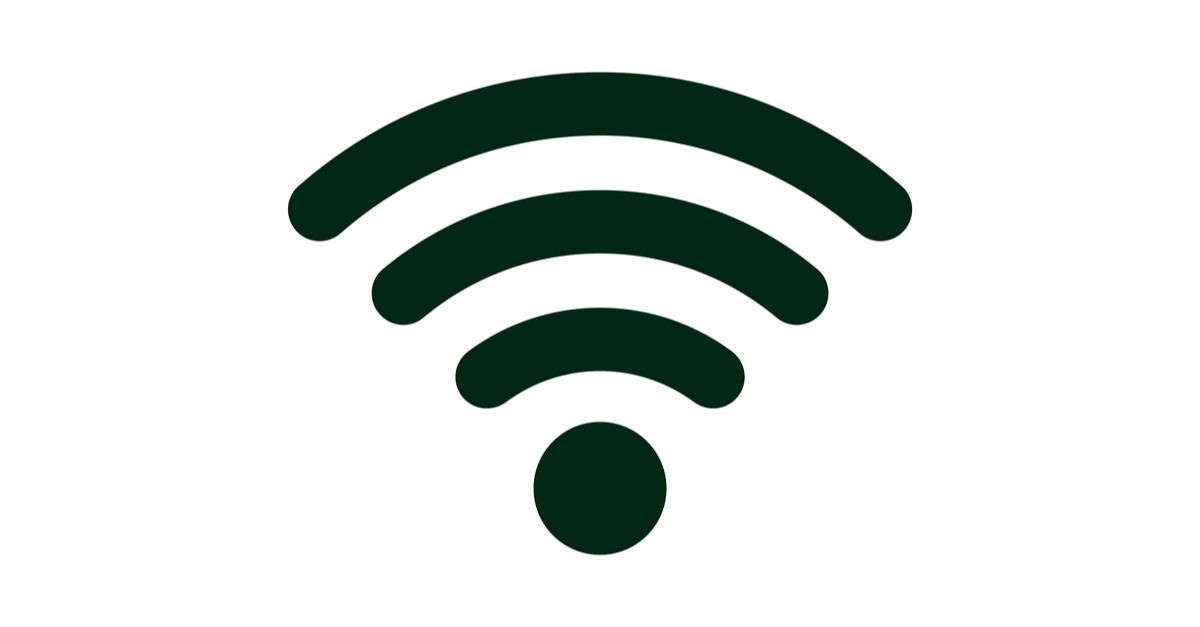Fed up with navigating alphabet soup when trying to buy fast wireless networking that reaches from one end of the house to the other?
Then rejoice, for the high priests of Wi-Fi just made your life – and the lives of wireless network equipment vendors everywhere – a little easier. The next generation of Wi-Fi networking technology has been renamed Wi-Fi 6.
The Wi-Fi Alliance, the industry group that certifies equipment to support the 802.11 wireless networking standard, has introduced a new, easier numbering system to distinguish different versions of the networking protocol.
While the IEEE standards body ratifies new versions of the 802.11 protocol that underpins modern Wi-Fi equipment, it is the Wi-Fi Alliance that provides the technical profile that vendors can use to implement the protocol in their equipment. It also operates the certification programme that lets them qualify their devices as Wi-Fi compatible.
Bewildering
Historically, the Alliance used the IEEE’s numbering convention when certifying Wi-Fi equipment, a decision that might have spawned more bewildered conversations in consumer electronics stores than anything else in computing history. It can be complicated evaluating different Wi-Fi access points because there are different extensions to the original standard, represented by different letters.
The original 802.11 standard was first ratified in 1997. The first extension was 802.11a in 1999, offering 54Mbit/sec at 5Ghz, and 802.11b in the same year, offering 11Mbit/sec at 2.4GHz. Then, 802.11g offered the higher bandwidth at the lower 2.4GHz frequency, meaning higher bandwidth at longer range. Meanwhile, 802.11n offered even higher bandwidth and better range thanks to its antennae design. Then came 802.11ac in 2013, which offered even more capacity, once more using the cleaner 5GHz spectrum.
The next generation of Wi-Fi will be known to engineers as 802.11ax. It features the ability to split wireless streams into smaller channels, supporting lots of devices with fewer antennas (like mobile phones) more efficiently. The implementation, which will also provide higher bandwidth at a given range, will also use device power more efficiently. This means wireless networks won’t chew up a mobile device’s battery life as quickly.
Wi-Fi 6
To consumers, though, 802.11ax will be known as Wi-Fi 6. The Alliance is also retroactively numbering the more recent versions of the Wi-Fi protocol – 802.11ac will be known as Wi-Fi 5, and 802.11n will be called Wi-Fi 4.
The numbering strategy will help vendors to more easily sell the idea of technology improvements in wireless networking to consumers. It will work best if they follow it through with easily-digestible, benefit-focused technical explanations of why one number is better than another.
The system will also make it easier for users to know what kind of wireless network they are on, explained the Alliance. Equipment or operating system vendors can include the number in their user interfaces to show the version of the protocol they’re using.
OS vendors haven’t announced that they will display this information, but if they do you might find yourself in a coffee shop staring balefully at the number 4 next to the WiFi symbol on your Mac, say, and then brighten considerably after switching to the one next door and seeing a 6 pop up on your screen.
The Alliance is clearly hoping for this, as it provided extensive branding examples and guidelines in the document it released accompanying the new naming initiative. It would like your computer to display signs like this:

Certification for Wi-Fi 6 begins in 2019.

Matt Parkes
I really don’t see how this makes a difference realistically because non techy consumers are still none the wiser as what the differences are between each version – reading the specs won’t help, yes what consumers will think is that 6 is better than 5 which is better than 4 and so on except when they come to use it in reality and due to a number of factors specific to them, v6 might actually seem worse than 5 which will not be due to the protocol but a number of different factors in the home or relating to ISP provisioning. yes with the current alphabetical naming convention you could be forgiven for thinking that ac is worse than n were it not for the fact that it came afterward, however even if numbering stays in sequence, it is not saying the specs will be any better just split differently as with 802.11a and 802.11b.
Gary
But, how about in the corporate world, when the Accounting department is trying to determine the differences between the purchase price on an 802.11ac access point vs. an 802.11n? The non techy crowd doesn’t necessarily have to be consumers; it can be in the business world that peripherally have to deal with IT and approve spending (or worse, the non techy manager that just DOESN’T get it, no matter how low you dumb it down).
Spryte
When I bought my new “High End” laptop I guess I was amiss to specify a dual band WiFi card. Actually I barely think I knew they existed… So it just came with a 2.4GHz card and 802.11n. That’s what my router uses anyway but it also uses the 5GHz band.
Should I run out and spend more money?
Quagmire Farshmelt
I would ask “Does it do what you want it to do now?”
If the answer is yes, then why spend more money.
If the answer is no, go for it.
Paul Ducklin
If you can’t immediately understand “this product supports a + b + g + ax”, for example, why would “supports 1, 2, 3 and 6” be any more helpful? At least with the rather arbitrary letter codes there is little or no implication that support for, say, “ax” implies backwards-compatible support for “g”. But a WiFi 6 product kind of sounds as though it is “version 5 plus some more stuff’, and indeed that 6 is the version you need to update to for security reasons, if nothing else. But the numbers don’t really work that way, as they do in software versioning, as the first commenter above pointed out.
So I am not sure about the headline’s suggestion that this makes the standards easier to *understand*, though I admit that it makes them easier to list them in historical order, and may make new ones easier for marketing departments to persuade customers to upgrade to.
(Compare this situation to internet RFC standards documents – RFC 8000 comes after RFC 7000 comes after RFC 6998, which is useful information, but the numbers themselves don’t make the standards easier to understand. In case you are wondering, RFC 8000 is “Requirements for NFSv4 Multi-Domain Namespace Deployment”; RFC 7000 doesn’t exist; and RFC 6998 is “A Mechanism to Measure the Routing Metrics along a Point-to-Point Route in a Low-Power and Lossy Network”. Clear as mud!)
Meitzi
I’m suprised to see, that there is no single comment to Support this idea.
Why? I dont know. Maybe users commething this think, different names solve a lot of problems. No, they dont.
I love this, name “Wi-Fi 6” is much better than “802.11ax”. It does NOT make different if you are tech guy or not tehc guy. Its just better name, is it? But yes, it does not solve all wifi problems like miragle.